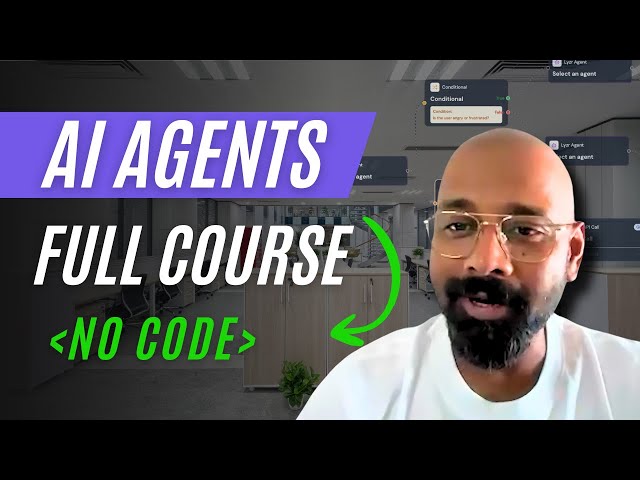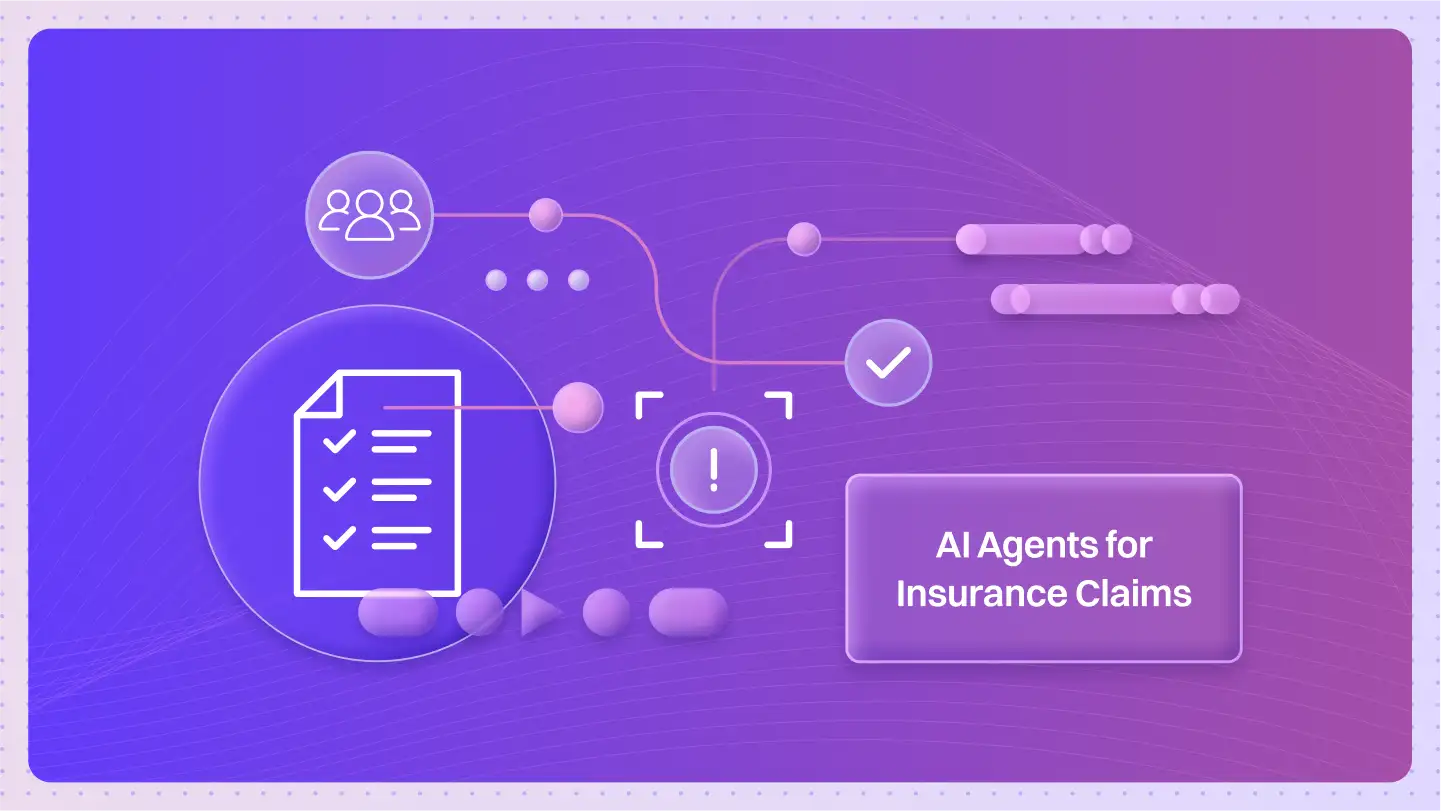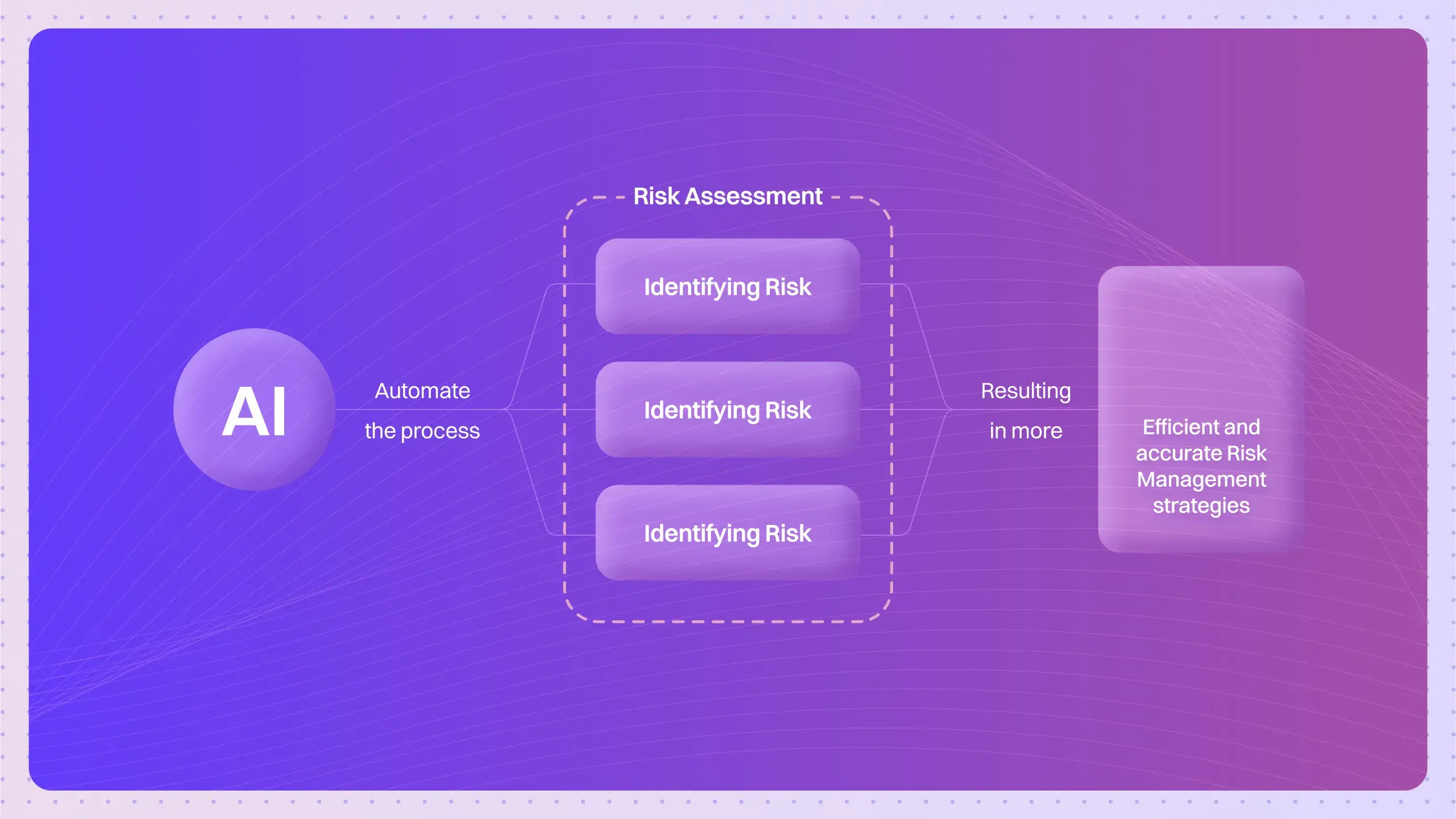An AI that doesn’t just answer, but acts.
Autonomous AI Agents are AI systems that operate independently, capable of perceiving their environment and making decisions to achieve specific goals without continuous human input.
Think of it like having a personal assistant who doesn’t just book the appointments you ask for. They anticipate your need for travel time between meetings, see a traffic jam on the map, and proactively re-schedule a call on their own. They manage your goals, not just your commands.
This shift from a reactive tool to a proactive, adaptive partner is the entire game. It’s what makes autonomy a critical concept to understand for the future of technology and work.
What are Autonomous AI Agents?
They are goal-oriented systems. You give them an objective, not a step-by-step instruction manual.
An autonomous agent:
- Perceives its environment (digital or physical).
- Makes its own decisions to move toward a goal.
- Takes actions that change its environment.
- Learns from the results of those actions.
It operates in a continuous loop: sense, think, act. This is fundamentally different from a tool that waits for a command.
How do Autonomous AI Agents work?
They aren’t magic. They are built on a framework of interconnected technical components.
At its core, an agent needs a way to understand its world and a way to decide what to do next.
- Environment Modeling: The agent builds an internal “map” or understanding of its world. This could be the layout of a warehouse for a robot or the structure of a website for a digital agent.
- Sensor Input Processing: It takes in data. For Tesla’s Autopilot, this is video from cameras and data from radar. For a digital agent, it’s API responses and website content.
- Decision-Making Algorithms: This is the agent’s “brain.” It uses algorithms to weigh options, predict outcomes, and choose the best action to get closer to its goal.
- Reinforcement Learning: Many agents use this powerful technique. They learn through trial and error, receiving “rewards” for actions that help achieve the goal and “penalties” for those that don’t. Over millions of cycles, they teach themselves the optimal strategy.
What distinguishes Autonomous AI Agents from other AI systems?
The line can seem blurry, but the difference is profound. It comes down to independence and adaptability.
- Unlike simple automated systems (like a script that runs at the same time every day), autonomous agents can learn and change their actions based on new information.
- Unlike traditional AI models (like an image classifier that just labels a photo), autonomous agents act on broader objectives. You don’t tell it “click here, then type this.” You tell it “find the best price for this flight,” and it figures out the steps.
Let’s look at real-world examples:
- Amazon Robotics: The robots in their warehouses aren’t just following painted lines. They are autonomous agents that perceive the location of other robots, shelves, and human workers, and dynamically calculate the most efficient path. They operate collaboratively, adapting in real-time.
- Tesla Autopilot: The system isn’t running a pre-programmed route. It’s using sensor data to perceive cars, lane lines, and obstacles, making millions of micro-decisions to navigate traffic. Crucially, its system continuously learns from real-world driving data from its entire fleet to improve over time.
Even a system like OpenAI’s ChatGPT demonstrates a form of autonomy. While it responds to prompts, its ability to generate novel, coherent text on nearly any topic shows a general-purpose understanding that goes far beyond a simple Q&A script.
Why are Autonomous AI Agents important?
They represent a fundamental shift in our relationship with technology. We’re moving from using AI as a tool to collaborating with AI as a teammate.
This is important because autonomous agents can:
- Handle complexity and scale beyond human capacity.
- Operate 24/7 without fatigue.
- Manage dynamic systems where conditions change too quickly for human response.
- Take on multi-step, long-running tasks that free up human creativity for higher-level problems.
They are the enabling technology for true digital transformation, moving beyond simple automation to intelligent, adaptive operations.
Quick Check: Where does autonomy shine?
Imagine you need to monitor a competitor’s pricing on 1,000 different products.
- Scenario A (Automation): You write a script that checks the same 1,000 product pages every hour and logs the price. It breaks if a webpage design changes.
- Scenario B (Autonomy): You deploy an autonomous agent with the goal: “Keep me updated on my competitor’s pricing for these 1,000 products.” The agent figures out how to find the prices. If a webpage changes, it adapts its strategy to find the new price location. If a product is out of stock, it might decide to check back more frequently.
Scenario B is where autonomy provides real value—it’s robust, adaptive, and goal-driven.
Diving Deeper: Key Questions on Autonomy
How do Autonomous AI Agents learn from their environment?
Primarily through feedback loops. In Reinforcement Learning, an action that leads to a positive outcome (a “reward”) strengthens the likelihood of the agent taking that action again in a similar situation. They can also learn by observing human actions (imitation learning) or by creating models to predict how their actions will change the environment.
What challenges do Autonomous AI Agents face in dynamic environments?
The biggest challenge is the “unknown unknown.” An agent may encounter a situation so novel it wasn’t covered in its training data, potentially leading to errors. They also struggle with long-term planning where a short-term good decision leads to a long-term bad outcome.
How do you measure the autonomy level of an AI agent?
It’s a spectrum, not a binary switch. Measurement involves evaluating factors like: the complexity of decisions it can make, its ability to operate for long periods without intervention, its resourcefulness in overcoming obstacles, and its capacity for self-correction and learning.
What industries benefit most from Autonomous AI Agent technologies?
Logistics and supply chain (Amazon robots), transportation (self-driving cars), finance (algorithmic trading agents), manufacturing (smart factories), and cybersecurity (autonomous threat detection systems) are all being transformed by this technology.
How do Autonomous AI Agents balance decision-making between efficiency and effectiveness?
This is a core programming challenge. The agent’s “reward function” or objective is designed to weigh these factors. For example, a warehouse robot might be rewarded for delivering a package quickly (efficiency) but penalized for taking a route that has a high chance of collision (effectiveness and safety).
What ethical considerations are associated with deploying Autonomous AI Agents?
Accountability is a major one. If an autonomous agent makes a mistake, who is responsible? Other concerns include job displacement, potential for misuse, algorithmic bias in decision-making, and ensuring human oversight for critical applications.
What is the impact of Autonomous AI on employment across different sectors?
It’s likely to cause a shift. Jobs involving repetitive data processing and simple decision-making may be automated. However, it will also create new roles focused on designing, managing, and overseeing these autonomous systems, as well as roles that leverage human creativity and strategic thinking.
How do advancements in AI technology influence the capabilities of Autonomous AI Agents?
Every major AI breakthrough directly enhances agents. More powerful Large Language Models give them better reasoning and communication skills. More efficient algorithms allow them to run on smaller devices. Better computer vision gives them a more accurate understanding of the physical world.
The evolution of autonomous agents is just beginning. They are on a path from simple task-doers to complex problem-solvers and, eventually, true digital colleagues.







